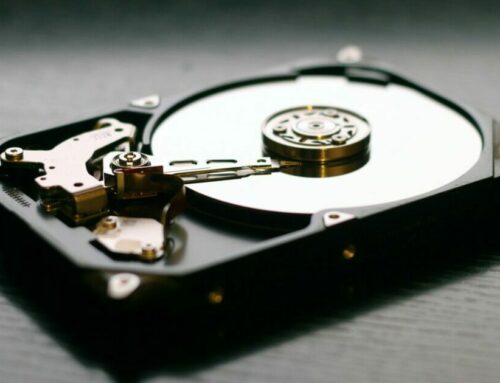Preventing problems before they happen is one of the goals of good network management. From bottlenecks to overheated servers, there are a lot of moving parts in your environment that require continual monitoring. Fortunately, you have tools available to help you stay ahead of potential problems or quickly identify an issue before it grows. Today, we discuss what elements of your network may need monitoring and how to select the right software tool to aid you.
What to Monitor
Even an experienced pro with the best monitoring software can’t be made omnipotent. Resource constraints can mean that continuously monitoring every possible aspect of your network isn’t feasible.
While you can’t know and control everything, here are a few important areas to consider prioritizing:
Bandwidth, Utilization, and Network Flow:
Having data and trend information on utilization, flow, and real or potential bottlenecks helps you manage performance today and plan for capacity needs of the future. Does it ever seem like users in some departments are reporting a lot of issues, while other departments are quiet? It may be time to reconfigure the network, educate users, or prioritize an upgrade for a particular part of the business. Is there talk in your organization of transitioning to a higher-speed network? Then utilization data will help you decide when, where, and how big of an upgrade will best serve your users and customers. If you are not already monitoring these factors, now is a good time to begin getting baseline reporting.
 Physical Servers:
Physical Servers:
The health of your hardware is another thing to remain on top of. Prevent hardware outages before they start. Consider factors like temperature, power usage, memory, and disk space so you know when to repair or replace a piece of critical infrastructure.
 Application Health:
Application Health:
Some of your business-critical applications may also require specific monitoring tools. Things like web servers, mail servers, and database servers – anything that would result in significant productivity or customer loss if it malfunctioned – will benefit from proper status monitoring.
 Security:
Security:
Network monitoring is an important component of your IT security program. One way is by monitoring the performance of your anti-virus applications and firewalls. In addition, anomalies in your network like an unusual spike in bandwidth usage could be signs of a malware attack. You may also wish to monitor user activity at times to ensure that employees are following your company’s security policies. Port scanning is another good tool. Use a port scanner to track down unknown or unwanted services running on your system.
Choosing the Right Software
As you evaluate your monitoring software options, you’ll first be thinking about features and budget. Assess which of the factors listed above are most important and the degree to which you need to be able to monitor them in your unique business environment. This will help you choose software that delivers the right features. PC Magazine publishes regular reviews of top monitoring software solutions that can be a useful place to start.
Price ranges for monitoring solutions can vary quite a bit. While you may not require the most expensive solution, cutting corners in order to save money can have expensive consequences, too. When advocating for your solution budget, weigh it against the potential cost of significant network downtime due to a lack of insight into your network. The cheapest solution could end up costing you more in the long run.
The user experience for you as the network administrator and for your company’s management is important, too.
So don’t forget to also carefully consider how well-designed these functions of your software choices are:
 Alerts:
Alerts:
How does the software alert you and your team to a problem? Are you able to customize the triggers that cause an alert to be generated? Make sure these options align with how your team communicates and operate
 Dashboard:
Dashboard:
Does the dashboard give you an easy-to-understand snapshot of the most critical statuses? Are you easily able to navigate to the information you need? A well-designed user interface can go a long way in improving the effectiveness of the tool.
 Reporting:
Reporting:
How easy is it to generate useful reports? You may need to provide status reports to management for operational or financial reasons. Or you might like to share data about issues or successes with your IT team. If so, you’ll want reporting tools that allow you to customize for the right information without having to spend a lot of precious time doing it.
It can be a big job keeping an eye on the various aspects of your network like utilization, hardware, application performance, and security. If you aren’t already using monitoring software to assist you, the right solution can make your responsibilities easier and help you prevent unnecessary downtime, performance issues, and security breaches.


 Physical Servers
Physical Servers Application Health
Application Health Security:
Security: Alerts:
Alerts:  Dashboard:
Dashboard:  Reporting
Reporting


